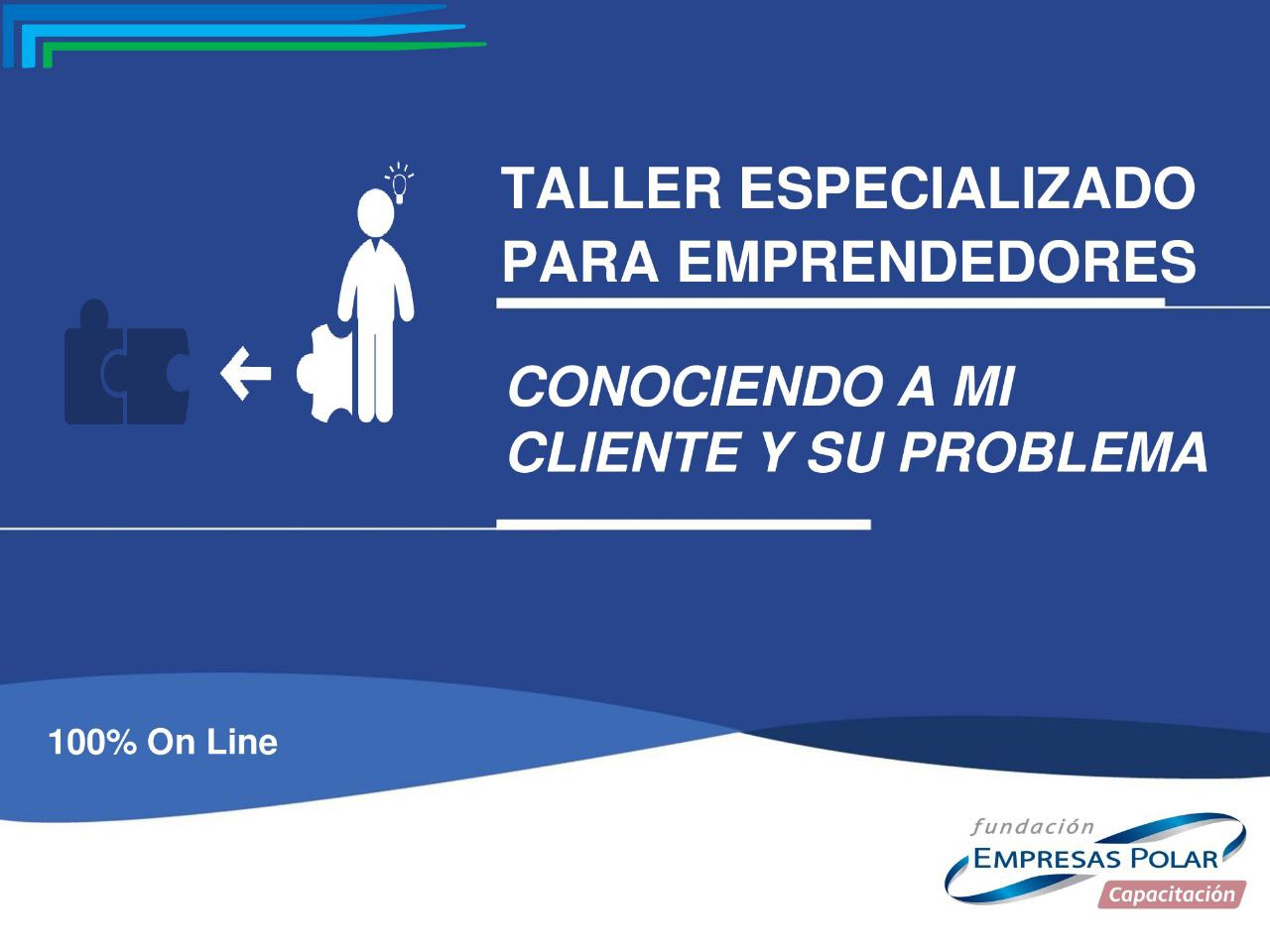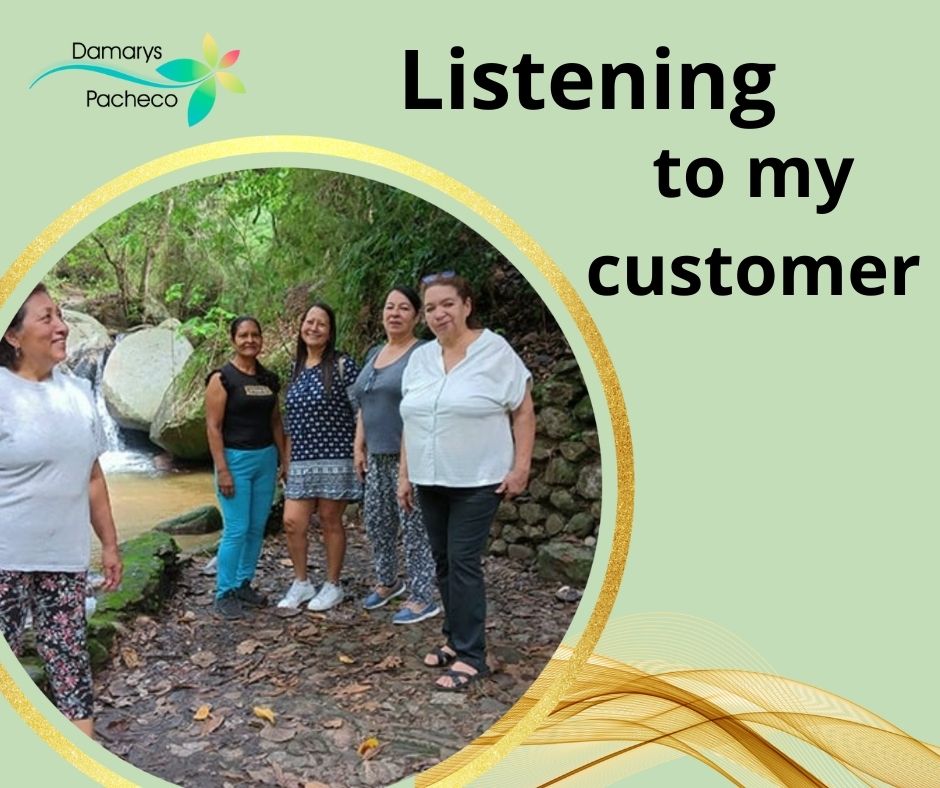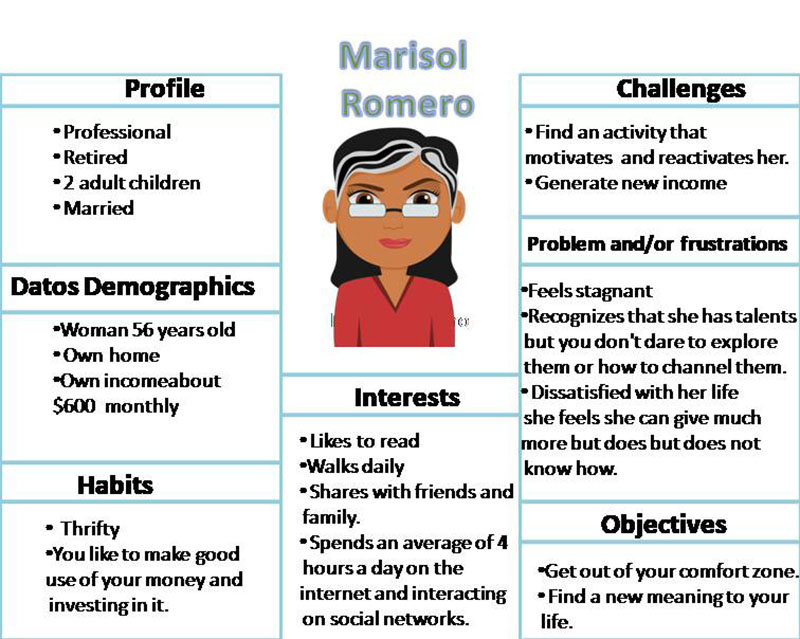El cliente siempre será un tema central y transversal en nuestros escritos, porque al final, lo que hagamos en el emprendimiento atañe directa o indirectamente a atender la necesidad y satisfacción de esa persona que adquiere nuestro producto o servicio, el cliente.
Esta semana tenemos varios post enfocados en la importancia del cliente, entre ellos el de
@maylink titulado
Sin Clientes no hay paraíso [Esp-Eng] y el de
@akrros🇪🇸|🇬🇧 • Fideliza o Fracasa • Build Loyalty or Fail el cual, la comunidad lo ha tomado como tema de partida para conversar.
Para mí el tema no es casual, pues estoy, en este momento de mi emprendimiento, trabajando de lleno con la captación y retención de clientes, de hecho mi post se va a centrar en un taller on-line, que culminé hace una semana, dictado por una de las empresas privadas emblemáticas de mi país, Venezuela, Empresas Polar, bajo la figura de la Fundación Empresas Polar que entre tantos aportes se dedica a la formación y fortalecimiento del emprendedor.

Conociendo a mi cliente y su problema, es el nombre del taller y parte del principio de que antes de conocer al cliente y su problema, “debes” conocerte a ti mismo como emprendedor, lo cual incluye: reconocerte como observador, cómo manejas tus emociones, acciones y la escucha.
Este último punto la escucha mereció una sesión completa, pues es en la llamada escucha empática que puedes conocer a tus clientes: su problema, sus necesidades y saber si tu producto o servicio puede contribuir a resolverlo.
Dándole contexto a la idea. Mi emprendimiento se fundamenta en una escucha atenta, activa, sin embargo, hasta este momento esa escucha, en lo que se refiere a puntualizar el problema concreto de mi púbico objetivo y mi cliente ideal estaba basado en lo que yo infería, suponía, nunca le había preguntado directamente a mis clientas.
Así que realizar el trabajo final del taller se convirtió en un verdadero desafío, el cual estaba dividido en dos partes: primeramente elaborar un cuadro de preguntas abiertas y luego realizar dos o tres entrevistas a clientas, en lo que pudiéramos llamar una conversación fluida pero enmarcándola en las preguntas.
Para mi beneficio, al día siguiente que colocaron el desafío, tenía un encuentro recreativo con un grupo de clientas, las llamé, les plantee mi necesidad y estuvieron de acuerdo para realizarla al día siguiente.
Si has realizado el trabajo de tu cliente ideal, la primera parte del cuestionario está cubierto, yo hace como dos años hice una revisión a este material y mi cliente ideal reunía estas características:

Lo interesante vino con las preguntas generadoras que nos llevan a empatizar con el cliente e identificar el problema que resuelve o puede resolver mi servicio, teníamos como referencia un conjunto de preguntas sugeridas en el taller que buscan ahondar en el problema y las soluciones, algunas de estas preguntas son:
¿Cuáles son las necesidades comunes de mis clientas?
¿Qué consecuencias comunes les traería de no resolver el problema?
¿Qué están haciendo para resolver eso que les afecta. ¿Qué ven, que piensan, que hacen?
¿Cuáles son sus esfuerzos?
¿Cuáles son sus resultados?
¿Qué y cómo hacen para conseguir alternativas que satisfagan sus necesidades de Crecimiento personal?
¿Qué te alegra o te proporciona disfrute al experimentar un buen servicio?
¿Qué cosas no te satisfacen de las propuestas disponibles en el mercado actual con relación al crecimiento personal y a la Biodanza en particular?
¿Cuáles obstáculos estás experimentando como cliente, que no te permiten alcanzar lo que deseas con relación a la Biodanza?
Como podemos observar son preguntas que exploran al cliente y dentro de la dinámica van surgiendo respuestas que apuntan a las posibles soluciones que nos ayudan a determinar si el producto o servicio ofrecido puede ayudarlo o, si yo puedo, desde mi emprendimiento, aportar una solución que se ajuste más a su requerimiento.
Tal como señala
@akarro, no se trata solo de vender, sino de construir relaciones y abrir corazones.
@akarro por su parte nos recuerda que es la buena experiencia que ofrecemos lo que fideliza al cliente.
Este taller me dejo una enseñanza profunda: la escucha empática abre corazones y crea una experiencia única y especial con el cliente.

The customer will always be a central and cross-cutting theme in our writings, because in the end, whatever we do in the enterprise concerns directly or indirectly to meet the need and satisfaction of that person who acquires our product or service, the customer.
This week we have several posts focused on the importance of the customer, among them the one by
@maylink titled [Sin Clientes no hay paraíso [Esp-Eng]](
https://peakd. com/hive-140971/
@maylink/sin-clientes-no-hay-paraiso) and the one by
@maylink 🇪🇸|🇬🇧 - Fideliza o Fracasa - Build Loyalty or Fail which the community has taken as a starting point for conversation.
For me the topic is not casual, because I am, at this moment of my entrepreneurship, working fully with customer acquisition and retention, in fact my post is going to focus on an on-line workshop, which I finished a week ago, dictated by one of the emblematic private companies of my country, Venezuela, Empresas Polar, under the figure of the Empresas Polar Foundation that among many contributions is dedicated to the training and strengthening of the entrepreneur.

Knowing my client and his problem, is the name of the workshop and is based on the principle that before knowing the client and his problem, “you must” know yourself as an entrepreneur, which includes: recognizing yourself as an observer, how you handle your emotions, actions and listening.
This last point, listening, deserved a whole session, because it is in the so-called empathic listening that you can get to know your customers: their problem, their needs and know if your product or service can contribute to solve it.
Giving context to the idea. My business is based on an attentive, active listening, however, until now that listening, in terms of pinpointing the specific problem of my target audience and my ideal client was based on what I inferred, I had never asked directly to my clients.
So doing the final work of the workshop became a real challenge, which was divided in two parts: first to elaborate a table of open questions and then to conduct two or three interviews with clients, in what we could call a fluid conversation but framed by the questions.
To my benefit, the day after the challenge was posted, I had a recreational meeting with a group of clients, I called them, told them my need, and they agreed to do it the next day.
If you have done the work of your ideal client, the first part of the questionnaire is covered, I did a review of this material about two years ago and my ideal client met these characteristics:

The interesting thing came with the generating questions that lead us to empathize with the client and identify the problem that solves or can solve my service, we had as a reference a set of questions suggested in the workshop that seek to delve into the problem and solutions, some of these questions are:
What are the common needs of my clients?
What common consequences would bring them not to solve the problem?
What are they doing to solve that which affects them. What do they see, what do they think, what do they do?
What are their efforts?
What are their results?
What and how do they do to get alternatives that meet their needs for personal growth?
What makes you happy or gives you enjoyment to experience a good service?
What things do not satisfy you of the proposals available in the current market in relation to personal growth and Biodanza in particular?
What obstacles are you experiencing as a client, which do not allow you to achieve what you want in relation to Biodanza?
As we can see, these are questions that explore the client and within the dynamic answers are emerging that point to possible solutions that help us determine whether the product or service offered can help you or if I can, from my venture, provide a solution that best suits your requirement.
As
@akarro points out, it's not just about selling, but about building relationships and opening hearts.
@akarro reminds us that it is the good experience we offer that builds customer loyalty.
This workshop left me with a profound lesson: empathetic listening opens hearts and creates a unique and special experience with the customer.














